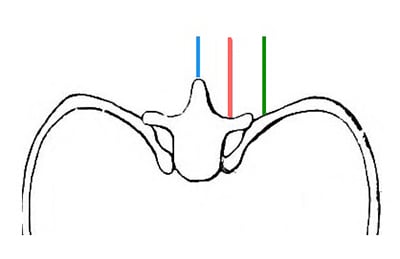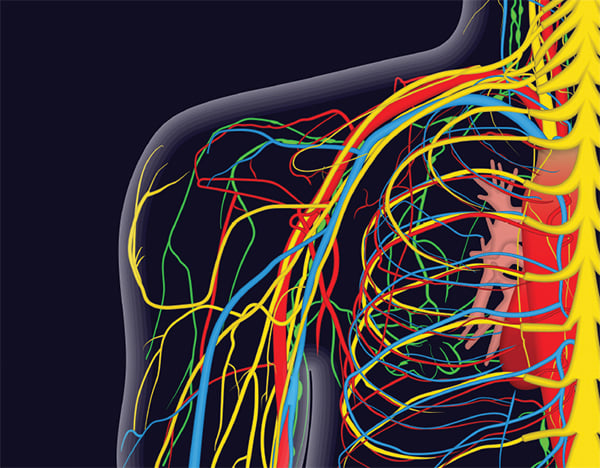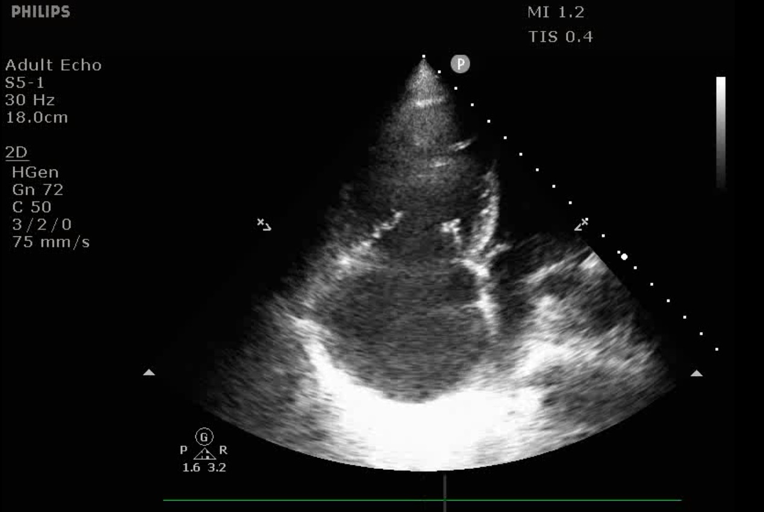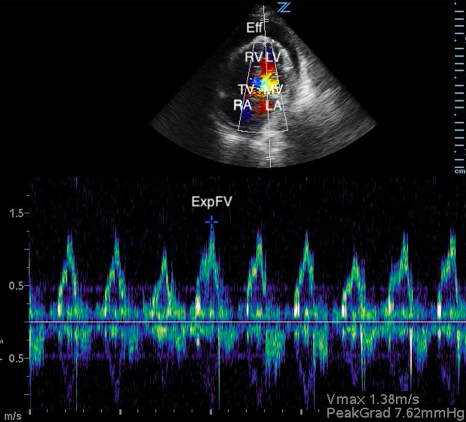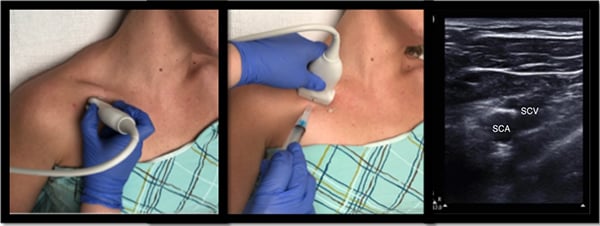Browsing: Ultrasound



One of the most common fractures seen in the ED - and one of the most painful to manipulate and reduce prior to splinting. This nerve block can help.
This condition typically presents acutely as a subcutaneous band on the dorsal penis, often accompanied by pain. The prevalence is estimated to be approximately 1.4%, but it's thought to be under-repo
